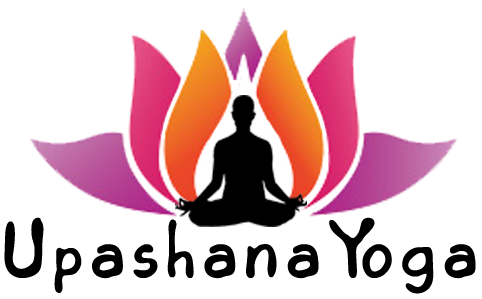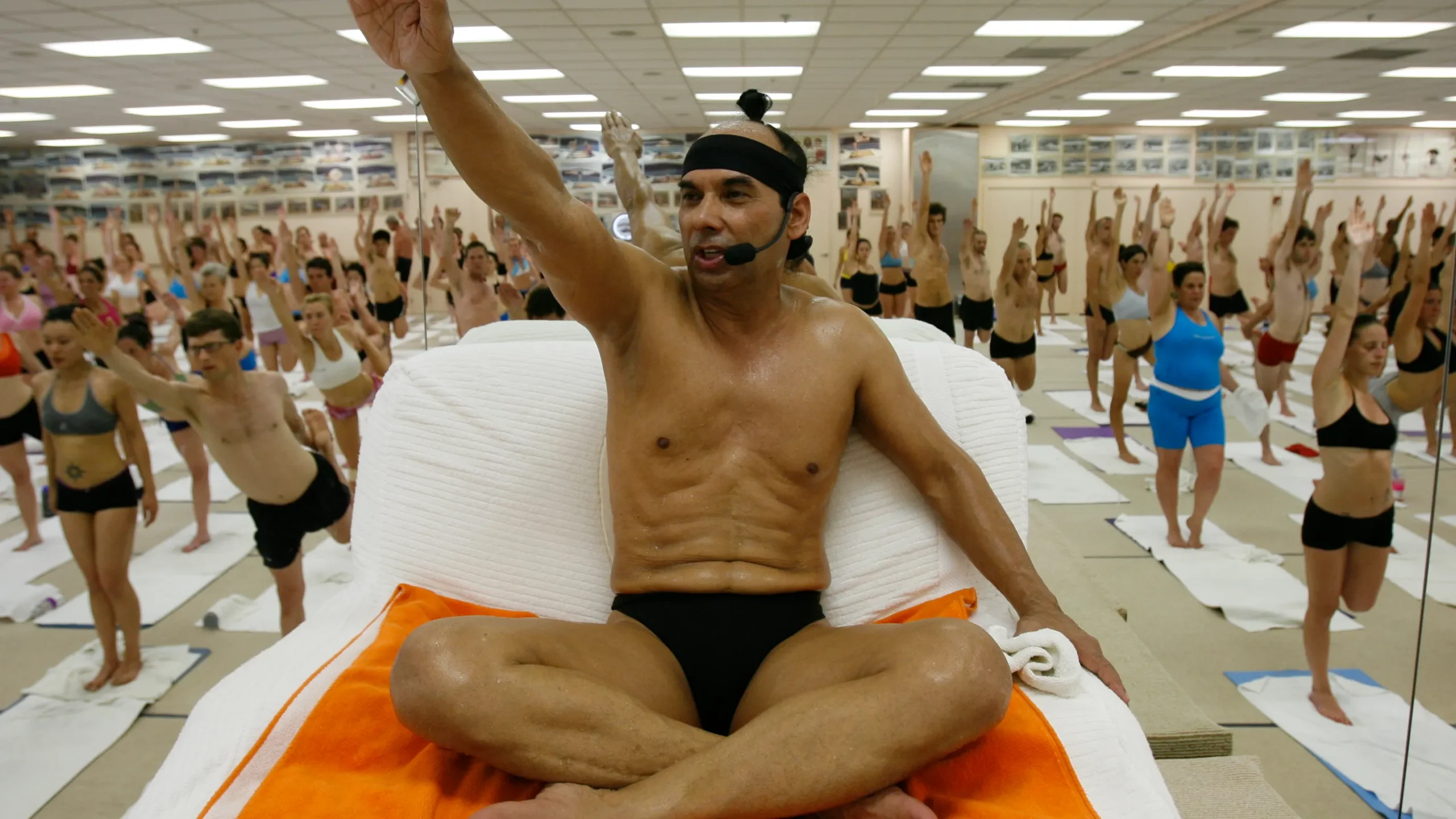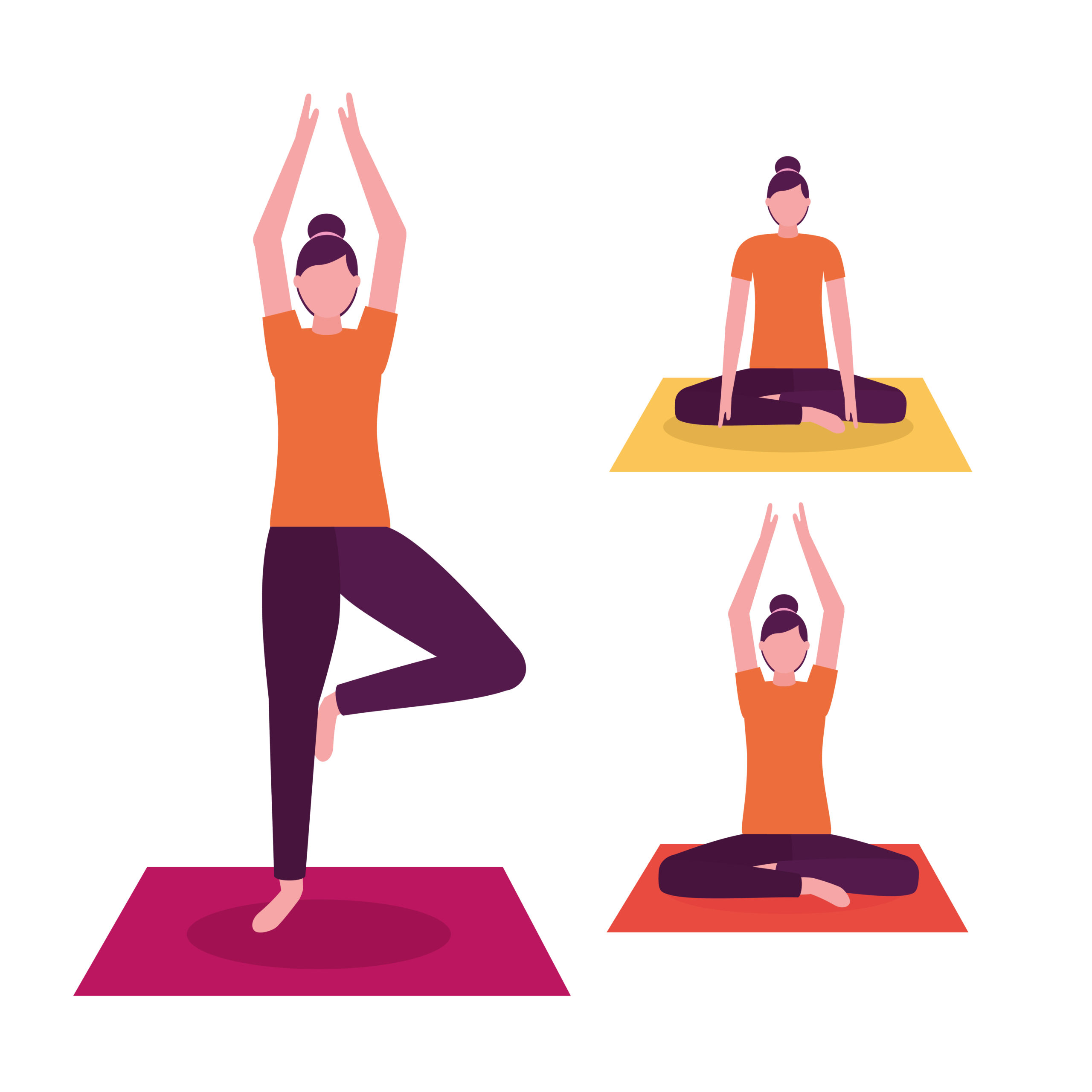Bikram Yoga is a modern form of hot yoga that has gained global attention for its intense, disciplined practice and dramatic physical benefits. Named after its controversial founder, Bikram Choudhury, this yoga style involves a fixed sequence of postures performed in a heated room, aiming to detoxify the body, improve flexibility, and enhance mental focus.
What Is Bikram Yoga?
Bikram Yoga is a structured system of 26 postures and 2 breathing exercises, practiced in a room heated to 105°F (40.6°C) with 40% humidity. The class lasts for 90 minutes and follows the same sequence every time, regardless of the studio or instructor.
It is designed to systematically work every part of the body, improving circulation, strengthening muscles, and flushing toxins through profuse sweating.
Origins and History:
Bikram Yoga was developed in the 1970s by Bikram Choudhury, an Indian yoga teacher who moved to the United States. He adapted classical Hatha yoga into a rigorous, high-temperature format. With celebrity endorsements and international expansion, Bikram Yoga became widely popular by the early 2000s.
However, in recent years, Bikram Choudhury has faced legal issues and allegations of misconduct, leading many studios to rebrand as “Hot Yoga” instead of using the Bikram name, though the original sequence often remains.
The Structure: 26 Postures + 2 Breathing Exercises
Each session includes:
Standing Series:
-
Ubhaya Padangusthasana Yoga or Balancing Stick
-
Dandayamana Bibhaktapada Paschimottanasana or Standing Separate Leg Stretching
-
Dandayamana Bibhaktapada Janushirasana or Standing Separate Leg Head to Knee
-
Utthita Hasta Padangusthasana or Toe Stand
Floor Series:
-
Pawanmuktasana or Wind-Removing Pose
-
Sit-up
-
Full Locust
-
Supta Vajrasana or Fixed Firm Pose
-
Half Tortoise or Ardha Kurmasana
Key Features:
- Heat: Room temperature of 105°F (40.6°C) mimics the climate of India to increase flexibility and detoxification through sweating.
- Sequence: Always the same 26 postures and 2 breathing exercises in the same order.
- Duration: 90 minutes per session.
- Silence: Classes are usually silent except for the instructor’s voice.
- No Music or Modifications: Unlike Vinyasa or Yin, there’s minimal variation or personalization.
Health Benefits of Bikram Yoga:
Bikram Yoga is a form of hot yoga that involves performing 26 postures and 2 breathing exercises in a heated room (105°F or ~40.6°C) with 40% humidity, over 90 minutes. This unique combination offers several potential physical, mental, and emotional health benefits.
Improved Flexibility:
The heated environment warms up the muscles, ligaments, and joints, allowing for deeper, safer stretches. Heat increases muscle elasticity, which can reduce the risk of injury and increase range of motion. Over time, regular practice enhances flexibility in the spine, hips, hamstrings, and shoulders.
Detoxification Through Sweating:
The high temperature leads to profuse sweating, which may assist the body in flushing out toxins through the skin. While the liver and kidneys are the primary detox organs, sweating can help eliminate heavy metals like lead, mercury, and BPA through the skin in small amounts. Sweating also supports skin health by unclogging pores.
Increased Strength and Muscle Tone:
Bikram Yoga includes poses like Eagle, Triangle, and Balancing Stick, which engage multiple muscle groups. Static holds and isometric contractions in Bikram postures build lean muscle mass, particularly in the legs, core, and upper body. Holding poses for longer durations strengthens endurance.
Weight Loss and Metabolism Boost:
A 90-minute Bikram class can burn between 300–600 calories, depending on your weight and effort. Increased core temperature and sustained exertion during class raise the heart rate, mimicking light to moderate cardio. Over time, this can increase basal metabolic rate and promote fat loss when paired with a healthy diet.
Improved Cardiovascular Health:
The physical intensity of the class increases heart rate, similar to moderate-intensity exercise like brisk walking or cycling. A study published in the Journal of Alternative and Complementary Medicine found that 8 weeks of Bikram Yoga improved arterial stiffness and glucose tolerance, both markers of cardiovascular health.
Better Balance and Posture:
Balancing postures like Tree Pose, Standing Bow, and Toe Stand train the body’s proprioception (sense of balance). Balance training enhances neuromuscular coordination, supports joint stability, and prevents falls, especially important for older adults.
Enhanced Mental Focus and Discipline:
The set sequence, hot environment, and strict practice rules demand total concentration and mind-body connection. Mental focus during challenging physical activity activates the prefrontal cortex, improving cognitive control, decision-making, and stress tolerance.
Stress Relief and Mental Clarity:
Deep breathing, physical exertion, and mindfulness in Bikram Yoga reduce stress hormones like cortisol. The practice engages the parasympathetic nervous system, promoting relaxation, lowering heart rate, and reducing symptoms of anxiety and depression.
Improved Lung Capacity and Breathing Control:
The class begins and ends with breathing exercises (Pranayama and Kapalabhati), training deeper and more controlled breaths. Pranayama increases vital lung capacity, oxygen intake, and diaphragmatic strength, which are beneficial for respiratory health and endurance.
Joint Health and Mobility:
Gentle compression and decompression of joints through movement enhances synovial fluid production, nourishing cartilage. This fluid reduces friction in joints and helps prevent arthritis-related stiffness and discomfort.
Better Sleep Quality:
The physical exhaustion combined with parasympathetic activation promotes deeper, more restful sleep. Regular physical activity like Bikram Yoga helps regulate circadian rhythms and reduces the time it takes to fall asleep.
Enhanced Immune Function:
Improved circulation, stress reduction, and detoxification support a stronger immune system. Exercise boosts the movement of immune cells (T-cells, white blood cells), improving the body’s ability to detect and fight infections.
Pro Tips to Maximize the Benefits:
- Hydrate well (before and after class)
- Avoid heavy meals 2–3 hours before practice
- Use a non-slip mat and towel
- Arrive early to adjust to the heat
- Rest when needed, especially if you’re new
While these benefits are compelling, they can vary by individual and depend on consistency, hydration, and medical history. People with certain health conditions (like cardiovascular issues, pregnancy, or heat sensitivity) should consult a doctor before starting Bikram Yoga.
Bikram Yoga is more than a fitness trend—it’s a holistic mind-body workout that can significantly improve your flexibility, strength, focus, and overall health. With dedication and care, it can become a powerful part of your wellness routine.
Risks and Precautions:
While Bikram Yoga has many benefits, it also comes with risks, especially for beginners or those with health conditions.
Risks:
- Dehydration: Excessive sweating without proper hydration can lead to dizziness or fainting.
- Heat Exhaustion or Heat Stroke: Practicing in extreme heat may overheat the body, especially in those unaccustomed to it.
- Injuries: The urge to overstretch due to heat can result in muscle or joint injuries.
- Heart Conditions: People with cardiovascular issues should consult a doctor before practicing.
Precautions:
- Drink water before, during, and after the class.
- Listen to your body and take breaks if needed.
- Avoid heavy meals before class.
- Inform the instructor of any medical conditions.
- Beginners should ease into it slowly.
Who Should Try Bikram Yoga?
Bikram Yoga is ideal for:
- Intermediate to advanced yoga practitioners
- Those seeking weight loss and flexibility
- Athletes recovering from injuries (with guidance)
- People who enjoy intense physical challenge and routine
It may not be suitable for:
- Beginners with no yoga experience
- People with cardiovascular or respiratory issues
- Pregnant individuals (unless cleared by a doctor)
- Anyone sensitive to heat
Final Thoughts:
Bikram Yoga is more than just a sweat session—it’s a disciplined, full-body practice that challenges the body and mind. While the controversy surrounding its founder may have impacted its branding, the method itself remains popular among yoga practitioners seeking a structured, intense workout.
Start slow, stay hydrated, and don’t push too hard. Progress will come with consistency.











Leave a Comment